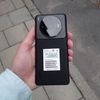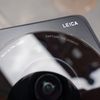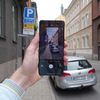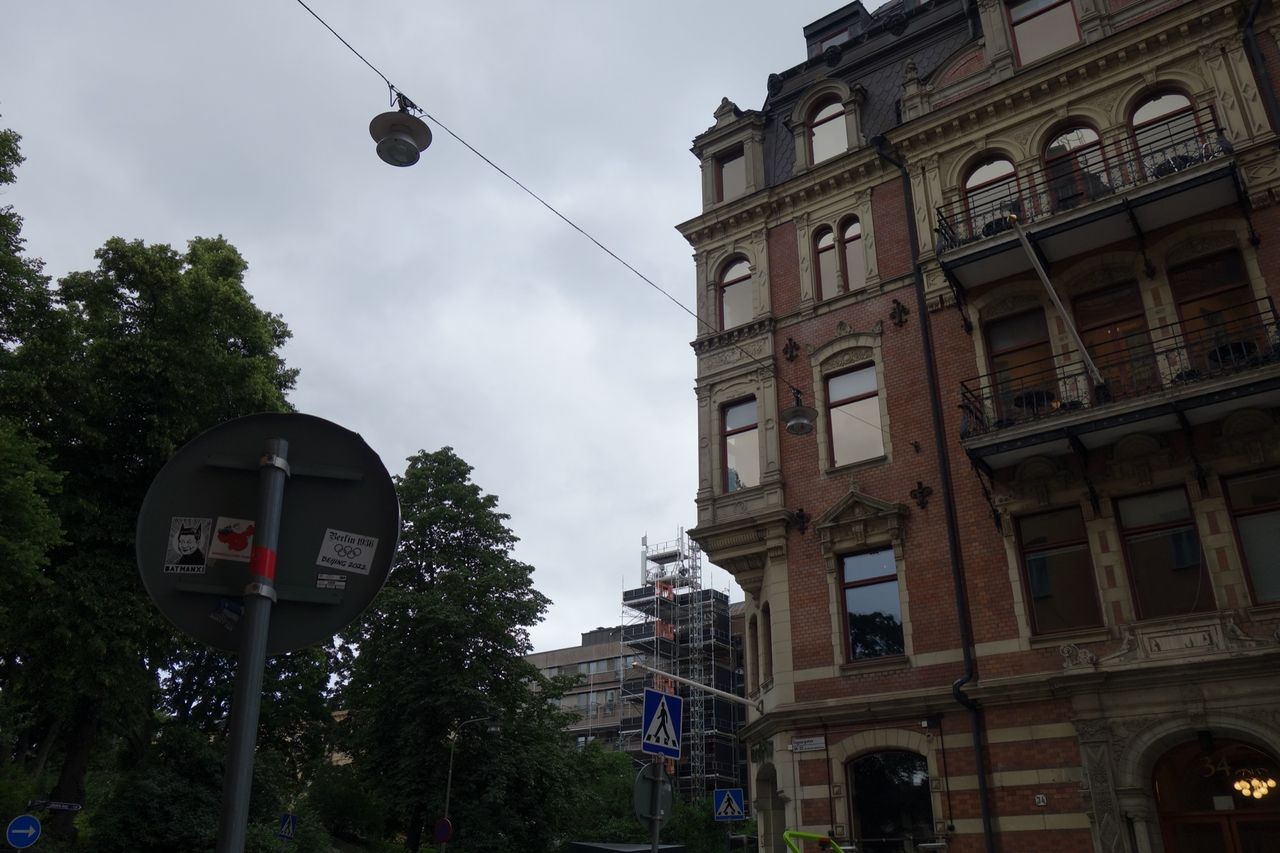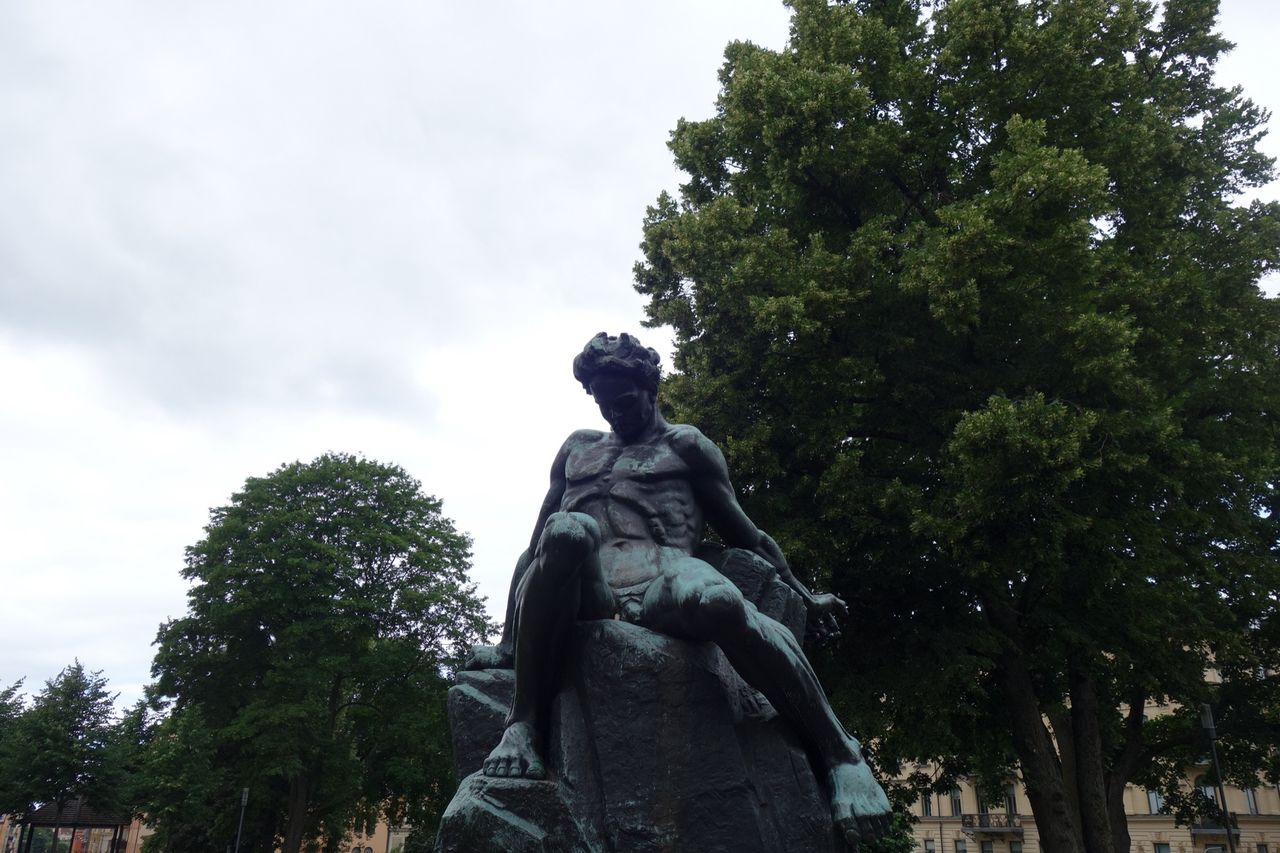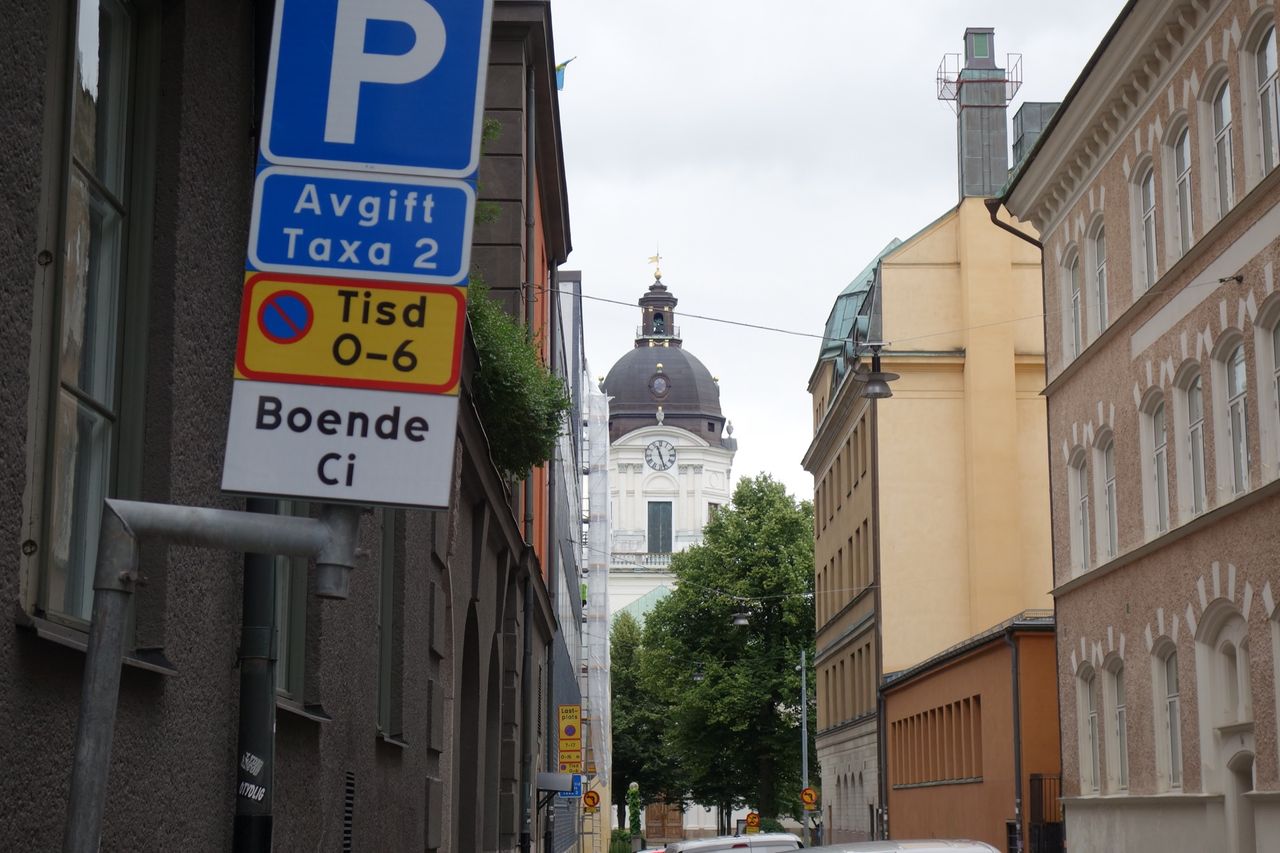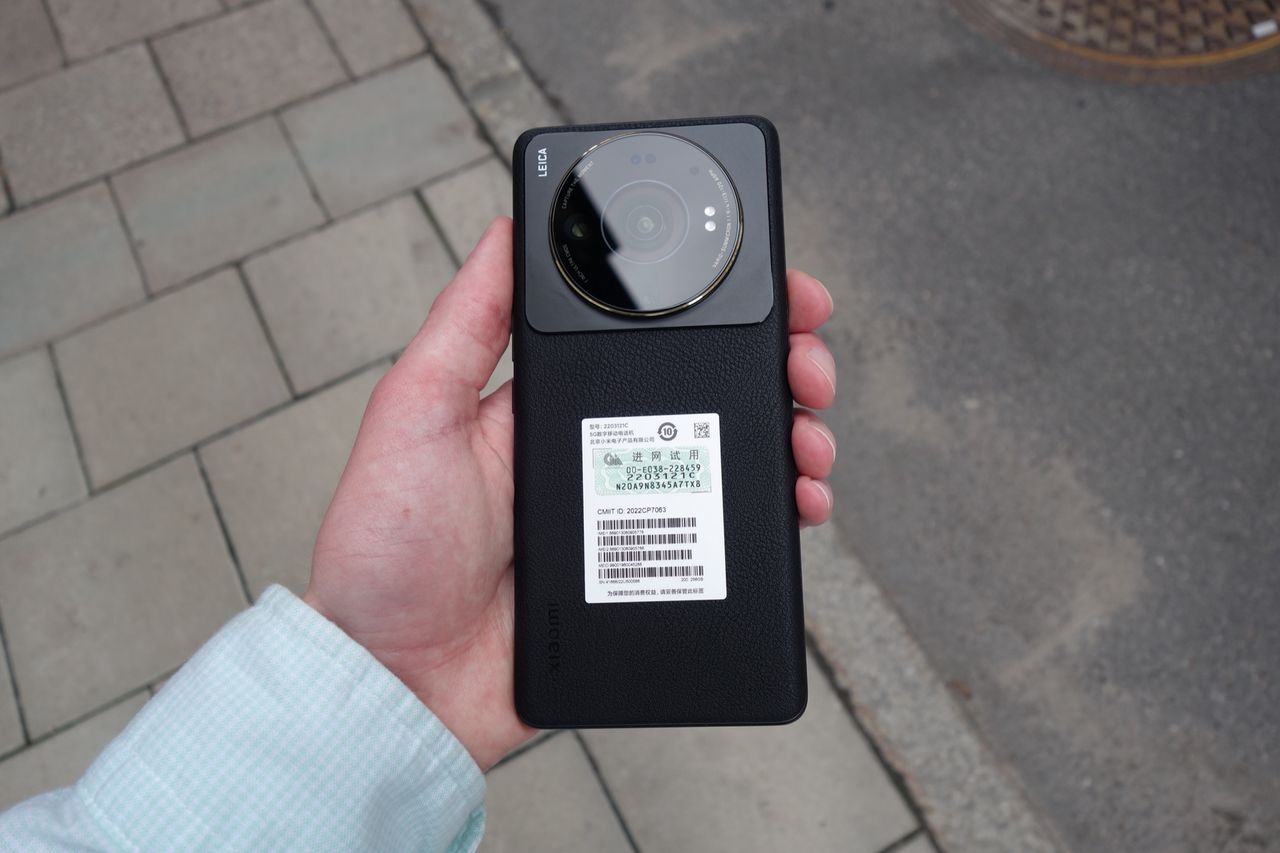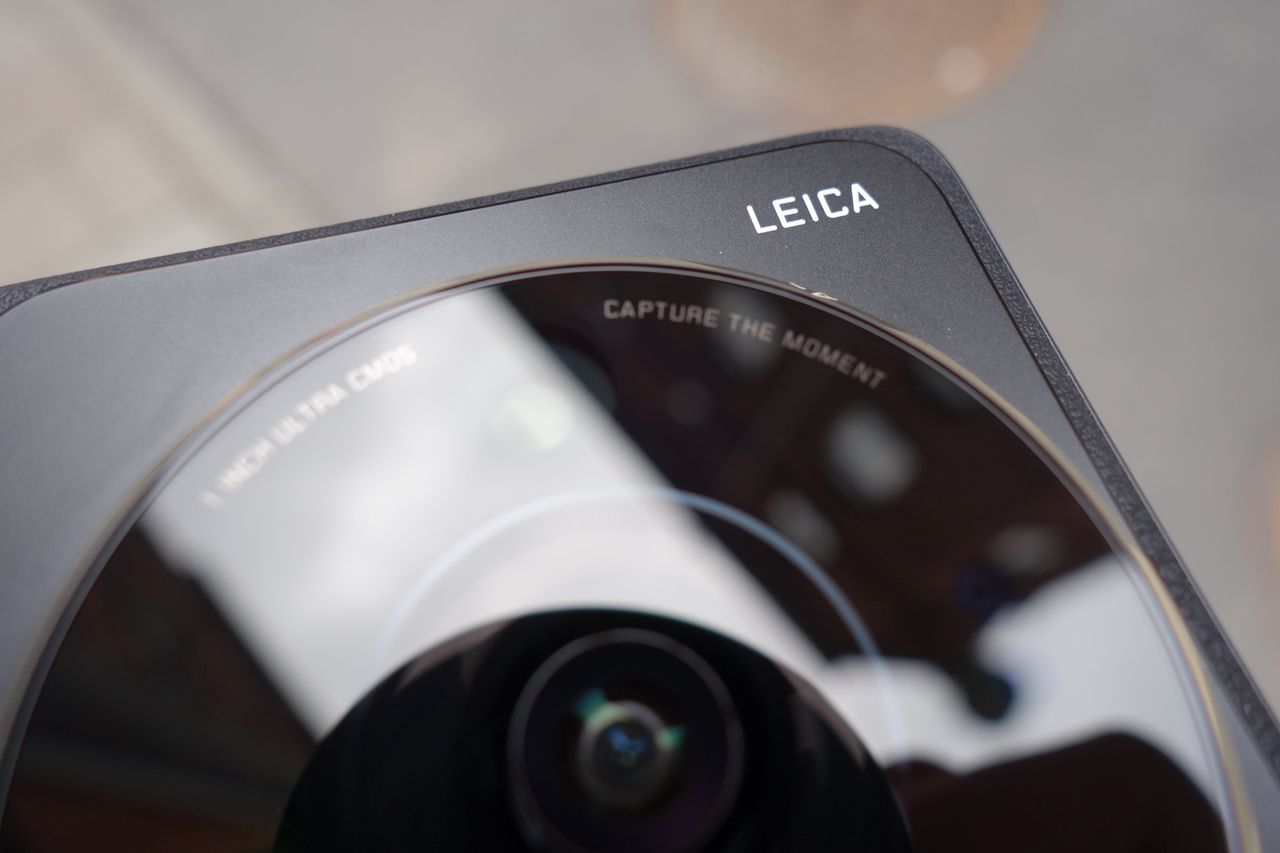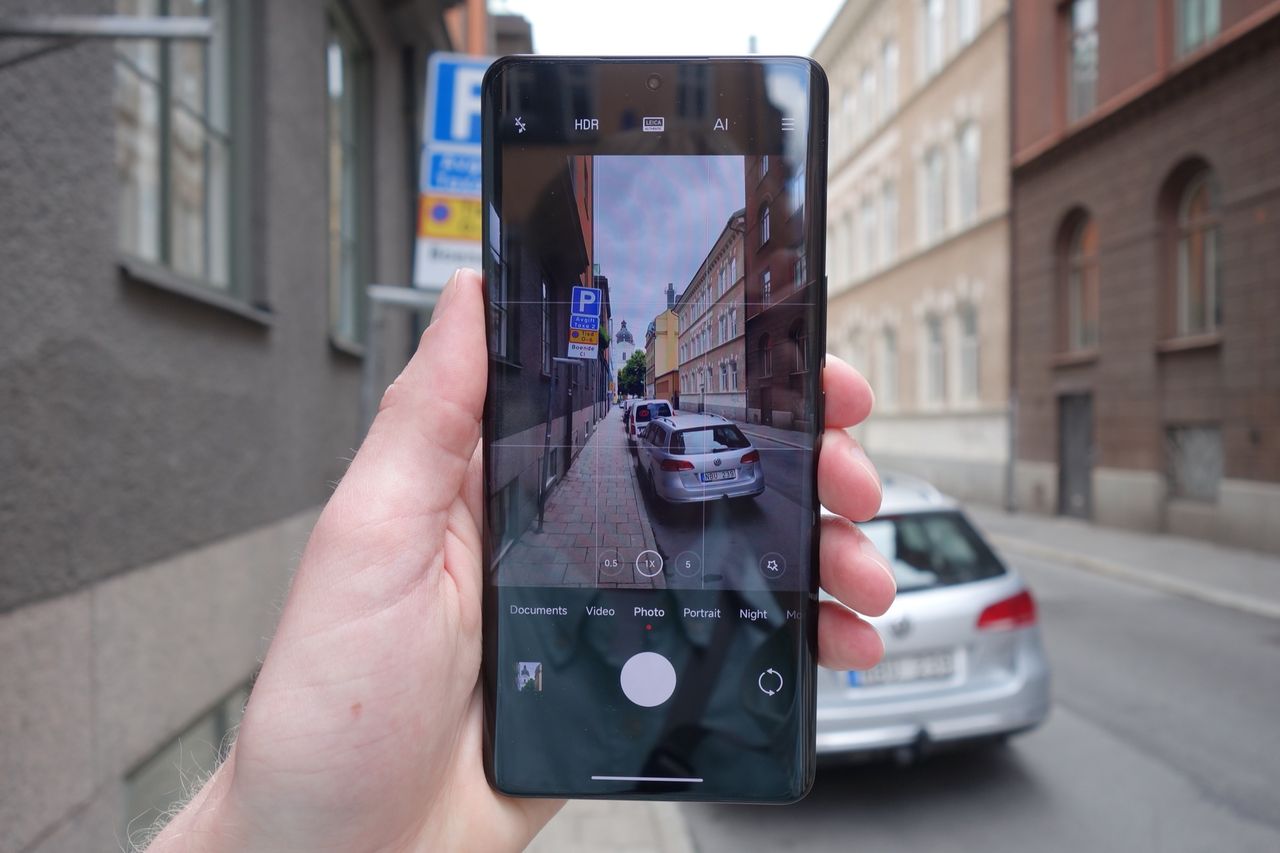Earlier in July, Xiaomi showed off its Xiaomi 12S Ultra, with a real mega camera. The phone unfortunately won’t come to Sweden, but last week I got to test the phone and the camera for about an hour, so I thought I’d tell you a little about how it went. Those of you who want to know more about the phone itself can read Roger’s article from when the phone was presented, or a review here or here.
I actually only tested the camera, which Xiaomi developed in collaboration with Sony. The sensor is called IMX989 and is 50 megapixels and f/1.9. What differentiates this sensor from others is how big it is, the size is called an inch, even if it’s not really that big. Compared to the camera in Samsung’s Galaxy S22 Ultra, the 1-inch sensor is about 1.7 times larger. On the back we also find an ultra-wide-angle and periscope zoom camera, both at 48 megapixels.
The software for the camera, or rather the color profile and post-processing, must be developed together with Leica. There are two different color profiles to choose from, Leica Authentic and Leica Vibrant. The first is supposed to be more “authentically Leica”, the second makes shadows brighter and colors more vibrant. I only used the Leica Authentic.
So what did the pictures look like? It’s really too early to judge a camera after only using it for an hour or so, even during the day, but in short I’m impressed with the potential this camera seems to have. At least when it comes to pure image quality. As long as it maintains this quality even when it gets a little darker, which it actually seems to do in The Verge’s tests the future of smartphone photography looks very bright. By the way, all sample images are direct from all cameras, auto mode and no exposure adjustment.
With me in my comparison I had an iPhone 13 mini, which may not be the fairest comparison, but it’s the phone in my pocket right now. Then, of course, I also had with me my faithful Sony RX100 II, which also has a 1-inch sensor.
Not really a remarkable image, but I’m impressed with how much this looks like coming from a bigger camera (taken with 5x optical zoom)
The Xiaomi 12S Ultra isn’t actually the first phone with a 1-inch sensor I’ve tested, last year I used the Xperia Pro-I for a long time, but I was never really impressed with the camera on that phone. It was also not very fun to take pictures with, despite Sony working a lot with its app and taking features from its mirrorless cameras. This feels horse lengths better and more fun to take pictures with in my opinion, although the app may not be quite as “professional” as Sony’s. But I think that those who want such “expert checks” would still rather have taken pictures with a real camera, or whatever I’ll call it.
If we take a look at how smartphone photography works today, there is a lot that happens on the software side, something that actually Google was the first to really put a lot of energy into with their first Pixel phone, since then it is actually on the software side that we have seen the most innovations, including night modes that can capture more light than was previously possible with a phone without a stand. Of course, we have also received some new hardware such as a longer zoom, but for the main sensor itself, there have not really been any huge steps, mostly improvements you expect year over year. But to me, it actually feels like this type of camera sensor that is in the Xiaomi 12S Ultra actually takes a big step on the hardware side, and it doesn’t really feel like the software needs to work as hard as we’re used to. Which results in the images being more similar to those coming from real cameras.
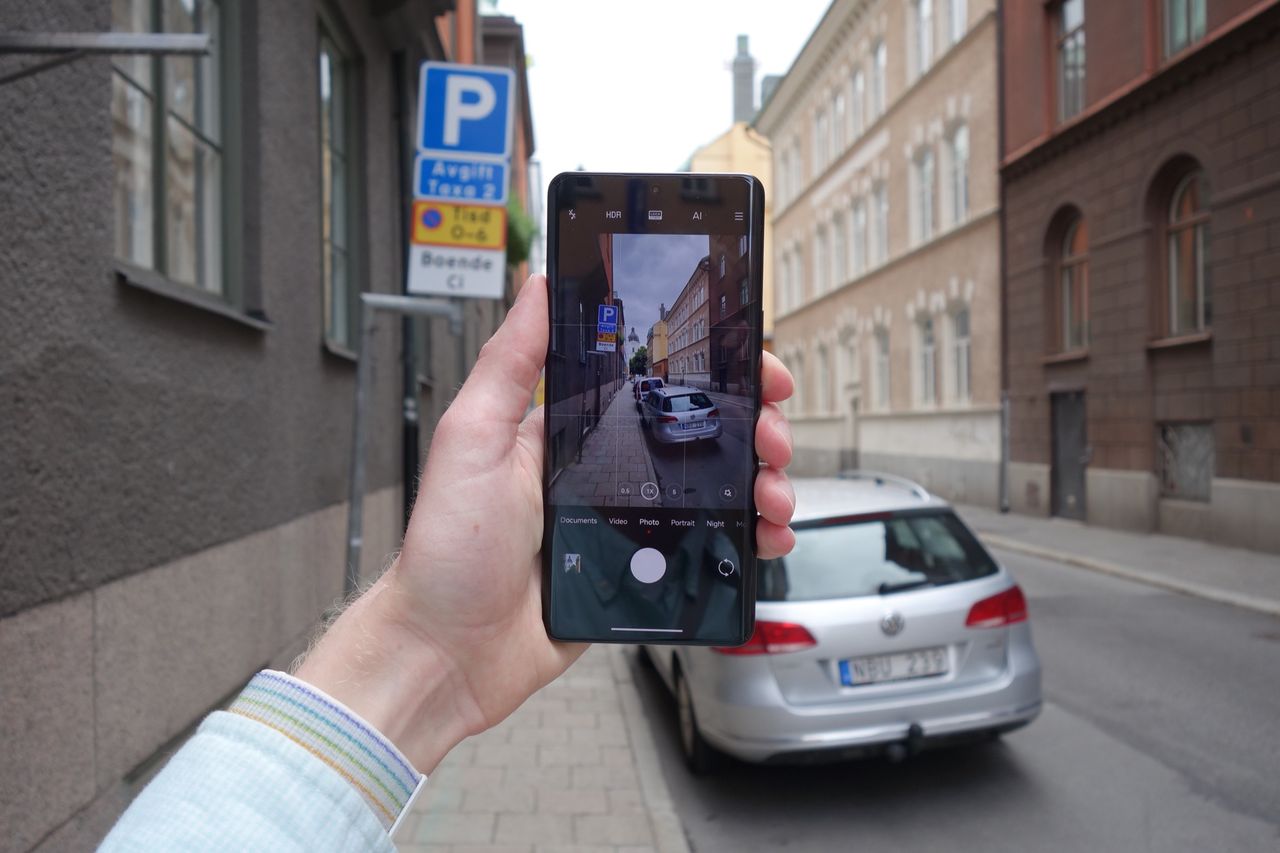
Of course, Xiaomi also uses software tricks with the 12S Ultra, but with a larger sensor with pure raw power, it’s simply easier to get nice pictures, even if the software may not be quite as advanced as that of Apple or Google. It is probably not visible in the pictures uploaded here, but the difference in sharpness and how the sharpness is experienced is great. Even though Xiaomi’s 50 megapixels are converted down to a 12 megapixel image. Comparing the images to an iPhone like this, they’re actually pretty similar, which I’d actually say is flattering for both phones, as Apple’s iPhone is widely considered to be among the better smartphone cameras on the market.
Like I said, we know this phone won’t make it here, but I’m looking forward to when the sensor in it might make it.
Mobile, Xiaomi,
Xiaomi 12S Ultra, camera test











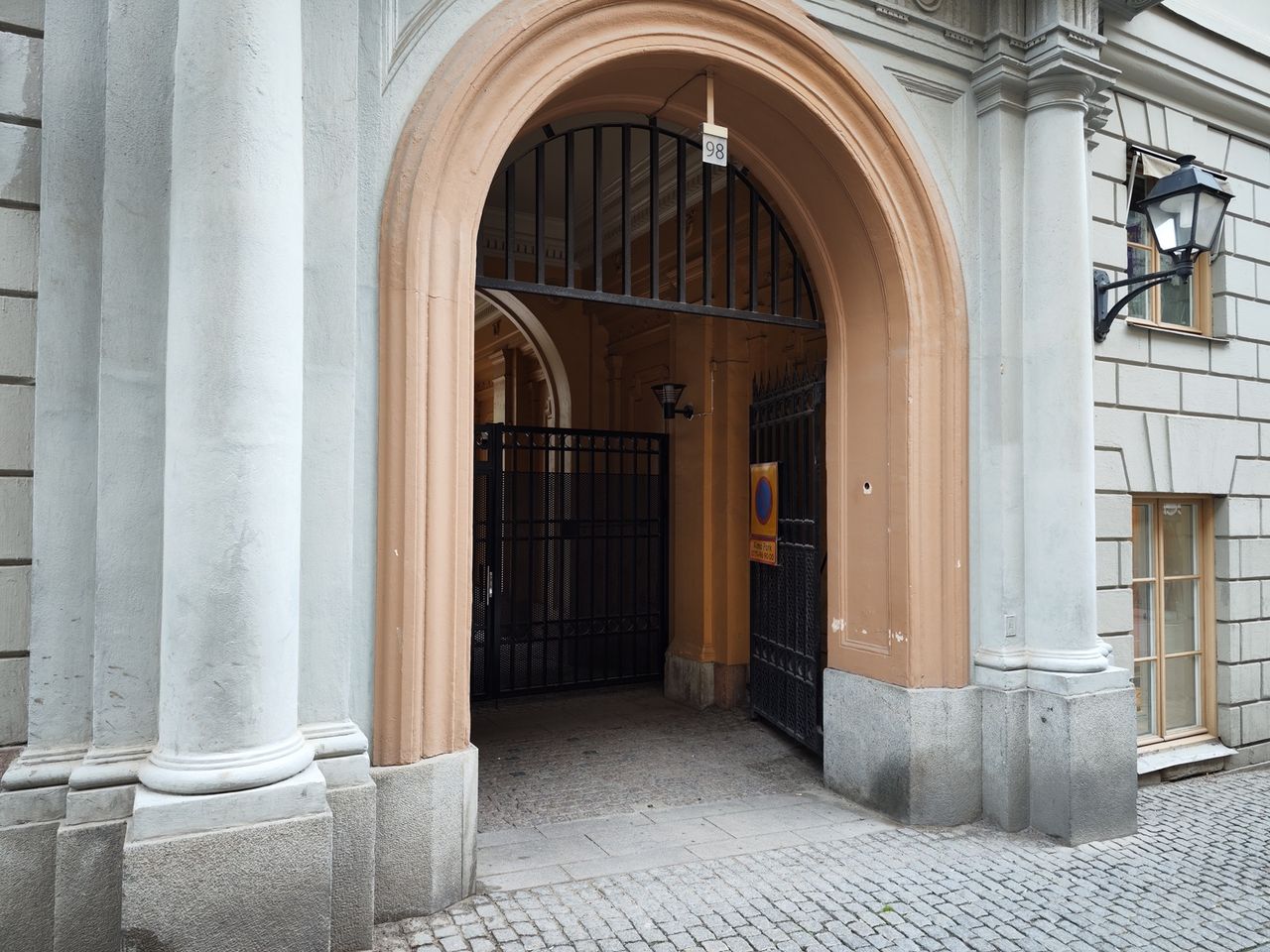
Xiaomi 12S Ultra
Photo: Hugo Engström
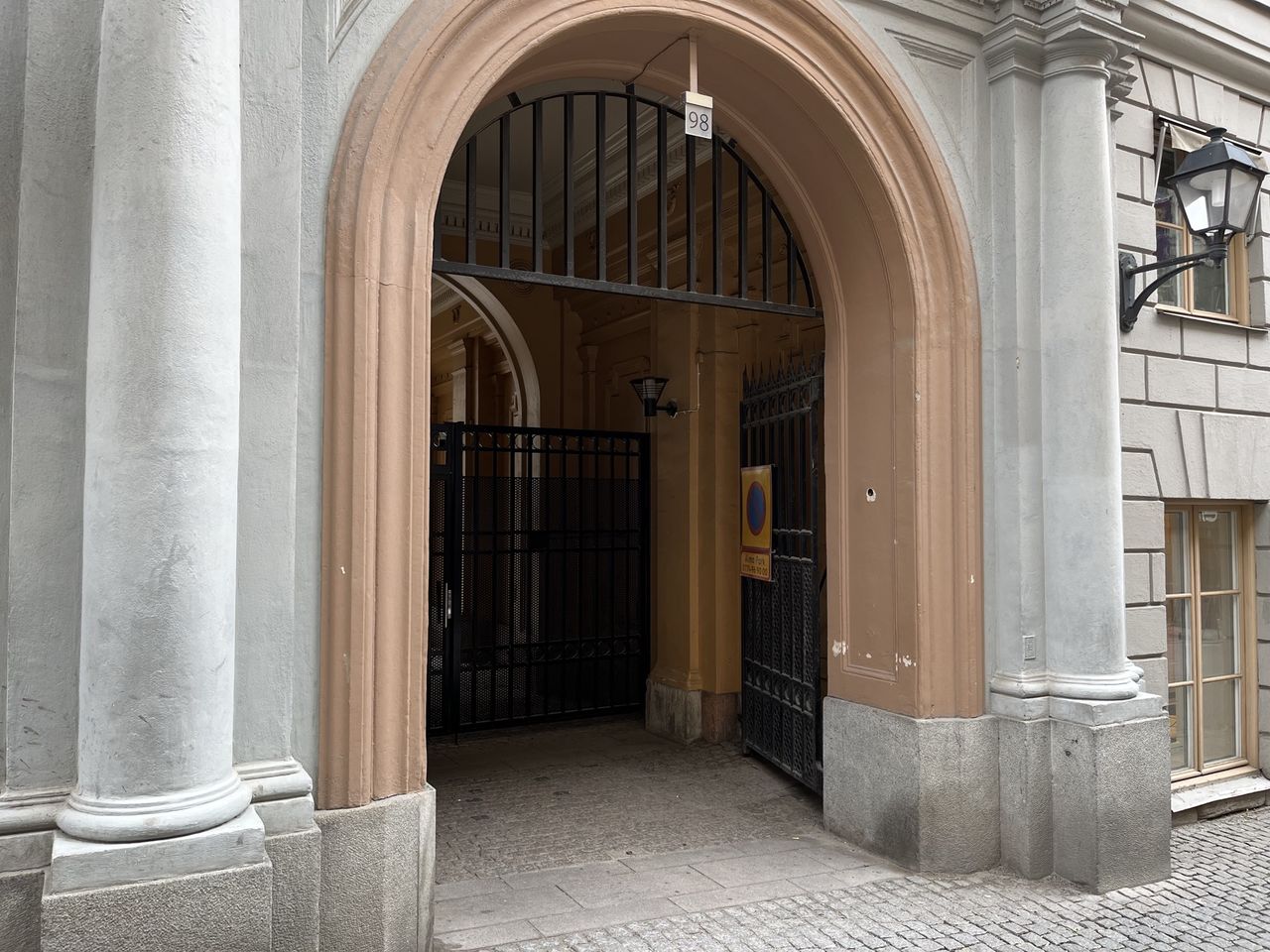
iPhone 13 mini
Photo: Hugo Engström

Xiaomi 12S Ultra
Photo: Hugo Engström
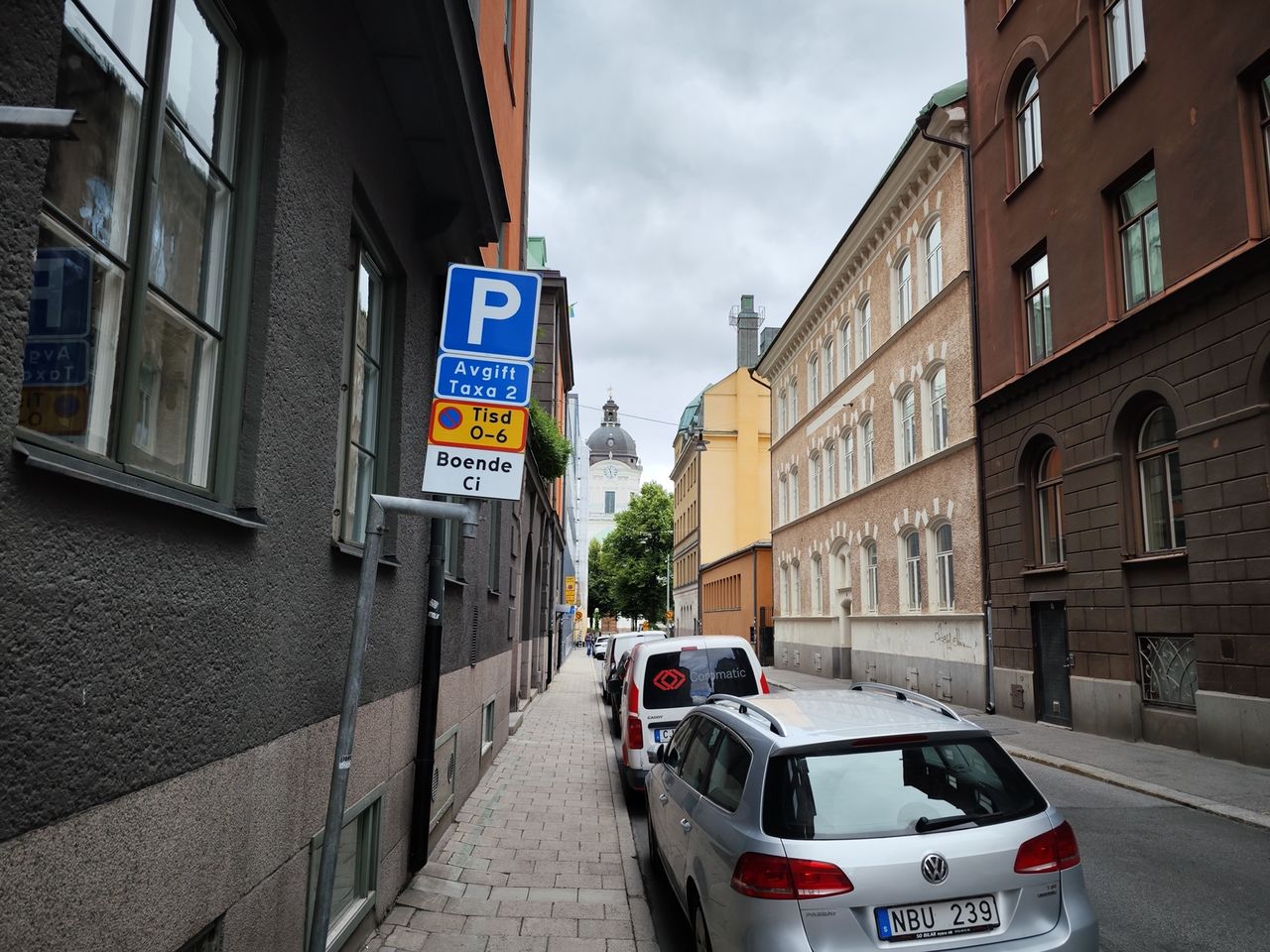
Xiaomi 12S Ultra
Photo: Hugo Engström
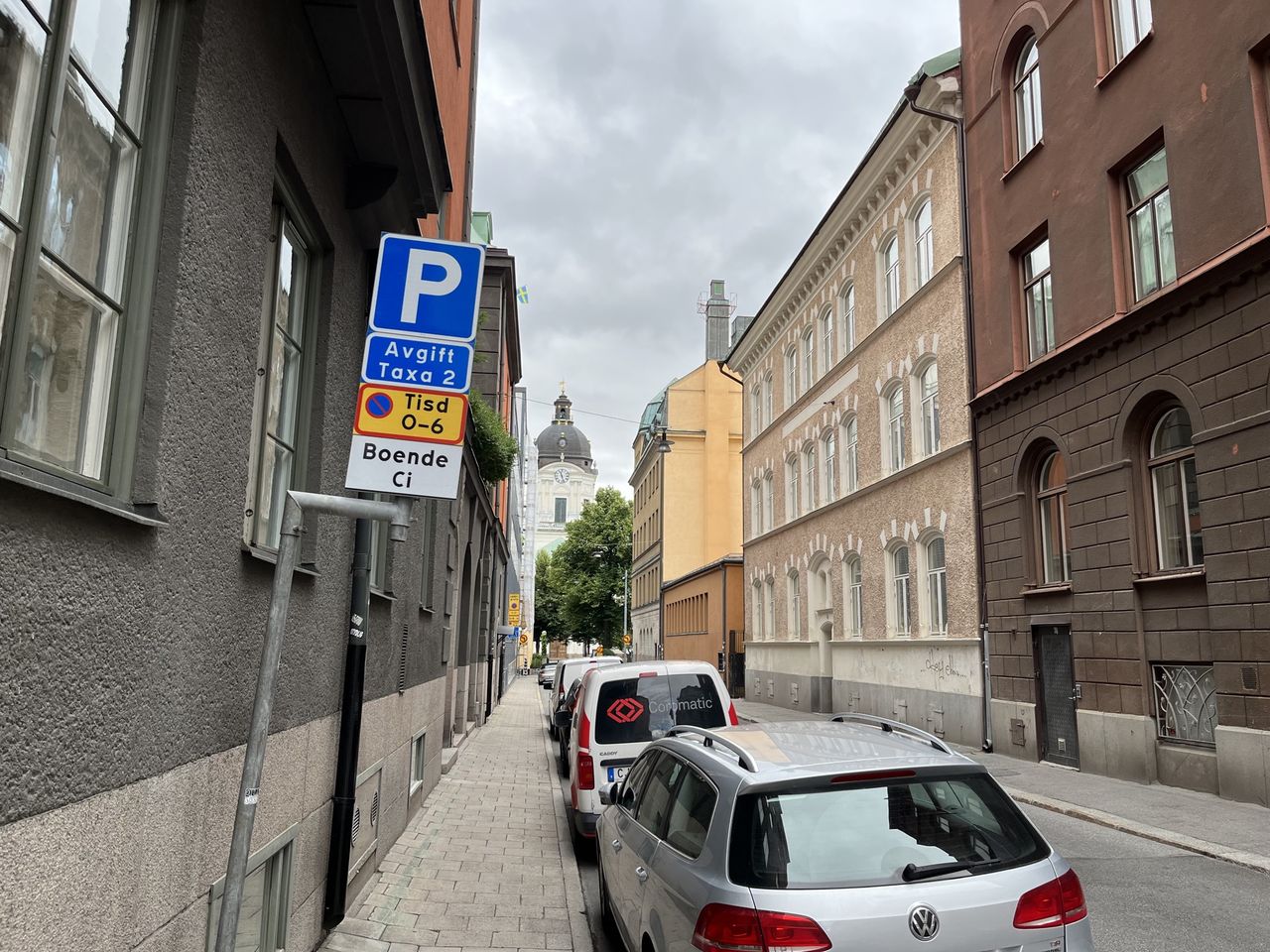
iPhone 13 mini
Photo: Hugo Engström
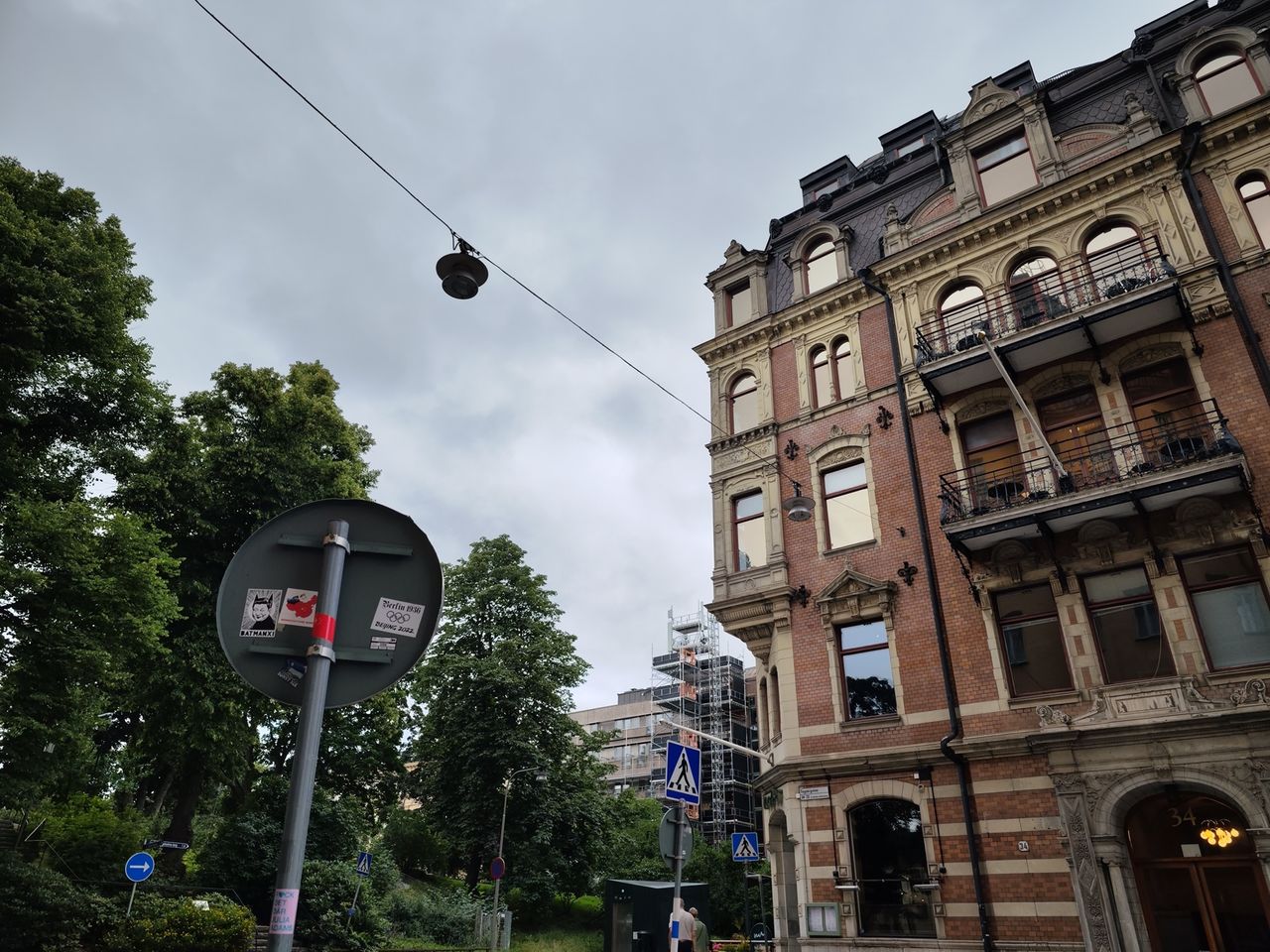
Xiaomi 12S Ultra
Photo: Hugo Engström
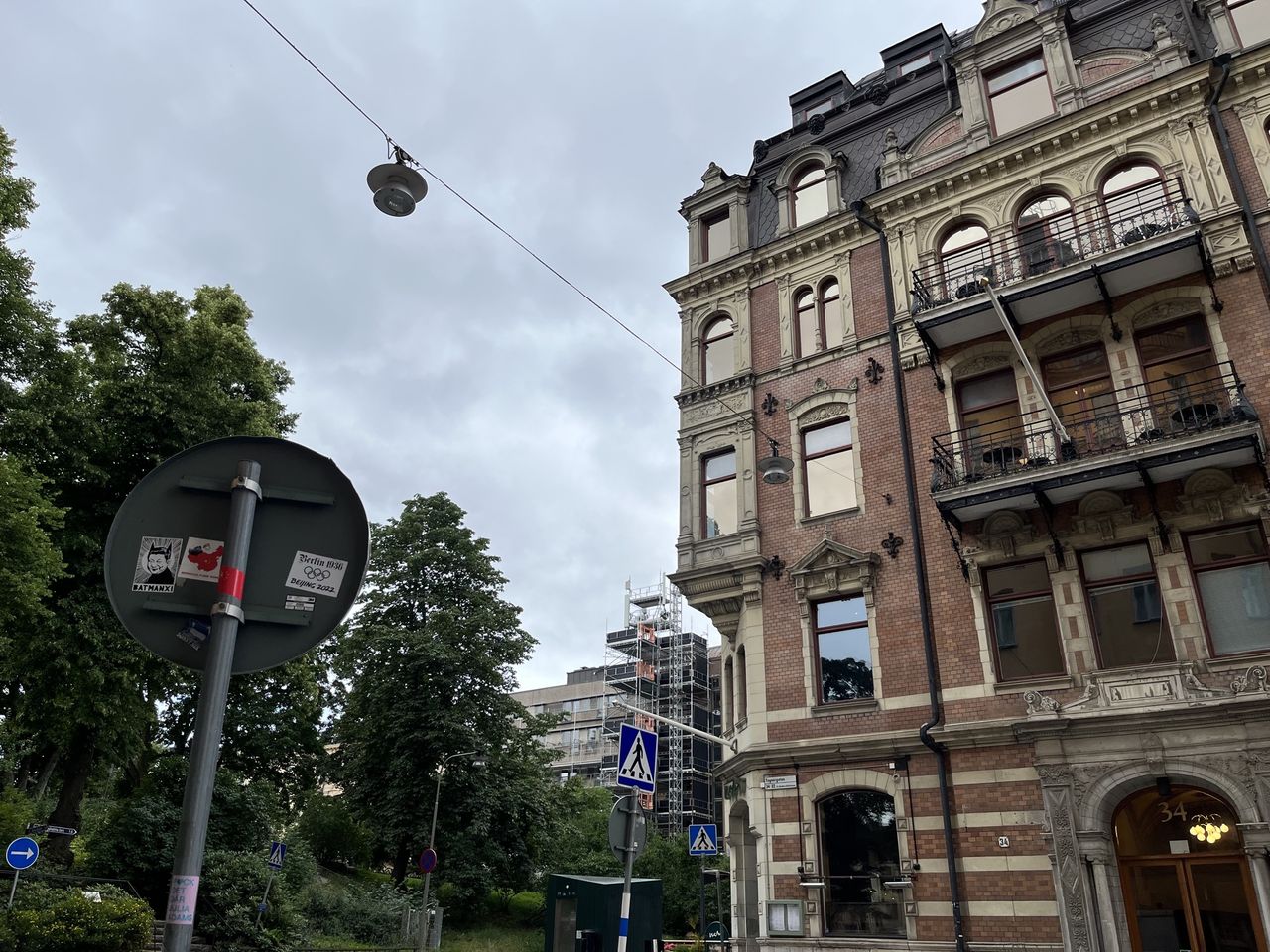
iPhone 13 mini
Photo: Hugo Engström

Xiaomi 12S Ultra
Photo: Hugo Engström

iPhone 13 mini
Photo: Hugo Engström
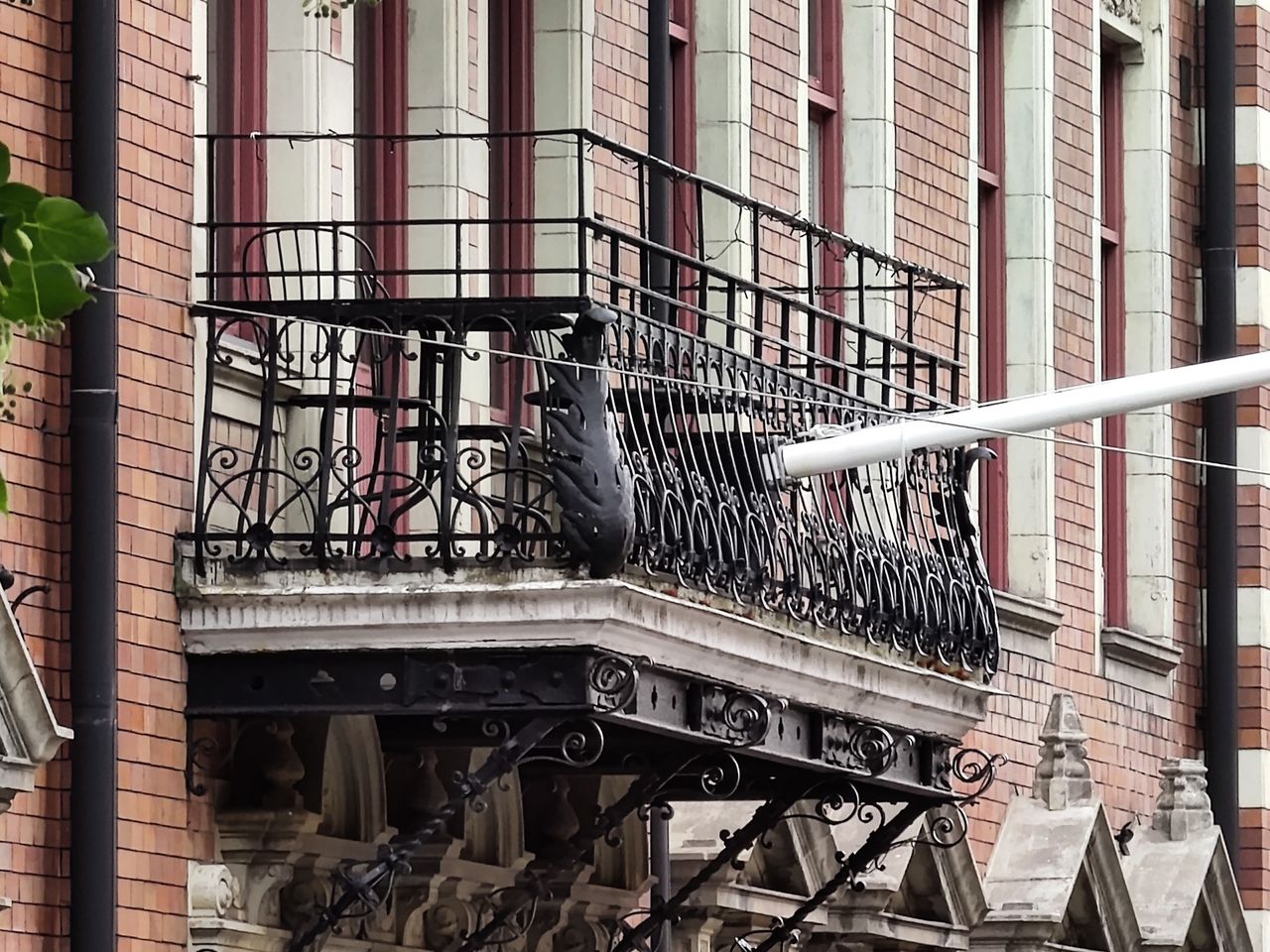
Xiaomi 12S Ultra
Photo: Hugo Engström
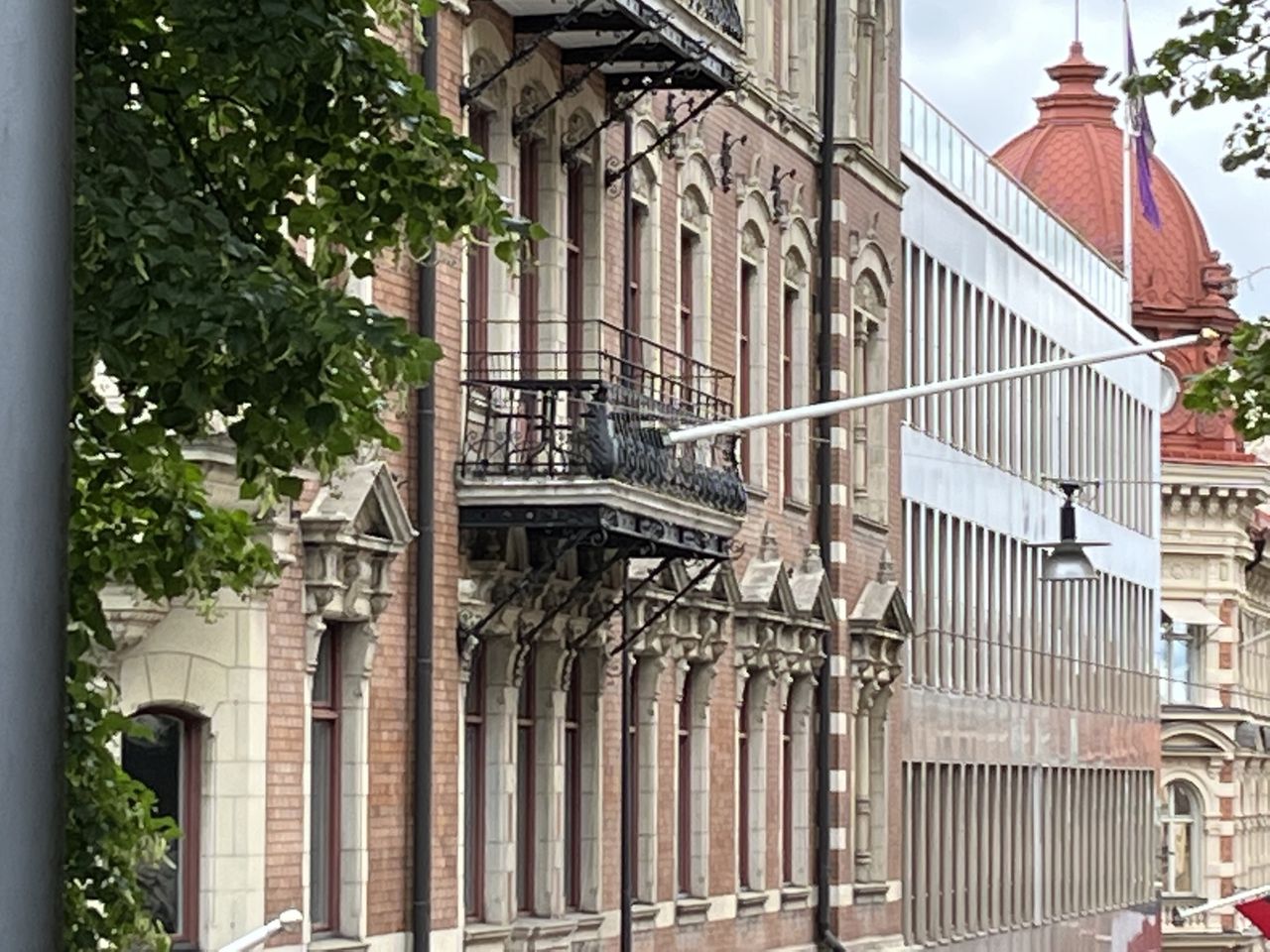
With the 13 mini it was not possible to zoom much further than this.
Photo: Hugo Engström
Sony RX100 II
Photo: Hugo Engström
Sony RX100 II
Photo: Hugo Engström
Sony RX100 II
Photo: Hugo Engström
Photo: Hugo Engström
Photo: Hugo Engström
Photo: Hugo Engström
Photo: Hugo Engström
This is the Xiaomi 12S Ultra
The Leica collaboration will not come here to Sweden
A while ago, Leica told us that they will start working with Xiaomi and now the first product is here, the 12S Ultra. The most important thing is of course the camera and the sensor comes from Sony and is one inch. We have talked about it here before. They are also said to have worked a lot with the lens itself, which has received a number of treatments. Leica has helped with the design of the lens and two image profiles have been produced. “Leica Authentic Look” is just that, the image feeling from a Leica camera. “Leica Vibrant Look” is the Leica feeling, but a little tightened for the present and use in the mobile phone. The Xiaomi 12S Ultra records both in and out in Dolby Vision HDR, which is the first in the Android world. You must also have a new type of image stabilization in the camera that you call HyperOIS. The battery is 4860 mAh and of course has support for fast charging. 67W with cord, 50W wireless and 10W if you want to charge other things with the phone. The chip in the phone is Snapdragon 8+ Gen 1, which should be 21 percent smaller, 10 percent faster and 30 percent more power efficient than Snapdragon® 8 Gen 1, i.e. without “+”. The screen is a 6.73-inch AMOLED that should be able to deliver 1500 nits for short moments. The resolution is 2K, support for the P3 color gamut is available and the frequency can be controlled between 1 and 120 Hertz. In addition to the Ultra, there will also be a regular and a Pro, which are slightly duller variants of the ultra. But none of these three will come here to Sweden.
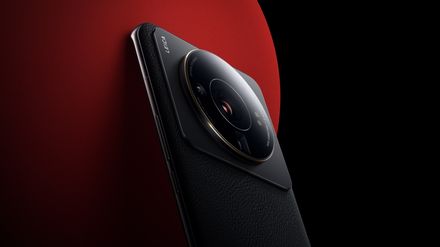
36.4°
.
[related_posts_by_tax taxonomies=”post_tag”]
The post We have squeezed the Xiaomi 12S Ultra. How good is the camera? appeared first on Gamingsym.




